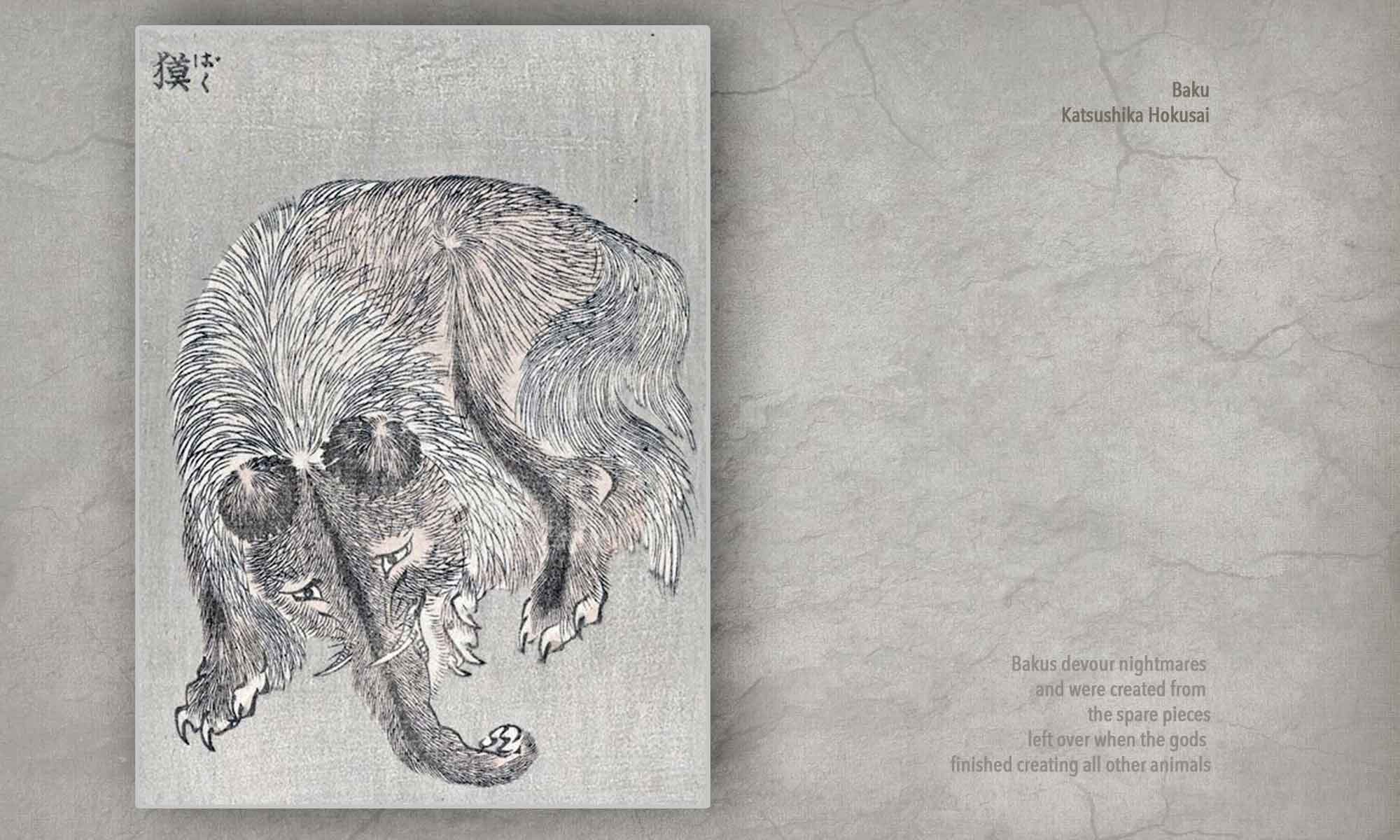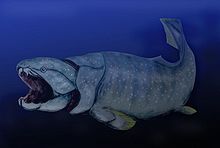 The neuroscience of dreams has shifted in recent years toward the idea that dreaming can be conceived as a kind of mind-wandering in sleep. According to current evidence, mind-wandering (also known as day-dreaming, or drifting thought) is a product of the “default mode network,” a system of neural regions that remains active in the absence of external stimulus or focused thought. During sleep this same system of neural regions becomes active, helping to generate the experience of dreaming.
The neuroscience of dreams has shifted in recent years toward the idea that dreaming can be conceived as a kind of mind-wandering in sleep. According to current evidence, mind-wandering (also known as day-dreaming, or drifting thought) is a product of the “default mode network,” a system of neural regions that remains active in the absence of external stimulus or focused thought. During sleep this same system of neural regions becomes active, helping to generate the experience of dreaming.
Two recent books by esteemed researchers make this argument about the connection between dreams and mind-wandering: When Brains Dream: Exploring the Science and Mystery of Sleep, by Antonio Zadra & Robert Stickgold, and The Emergence of Dreaming: Mind-Wandering, Embodied Simulation, and the Default Network, by G. William Domhoff. When scientists of the stature of Domhoff, Stickgold, and Zadra reach a common conclusion, it’s worth taking the idea very seriously.
Mind-Wandering and Play
However, the valuable implications of this idea remain obscure when expressed in research terminology. I suggest a more helpful framework is provided by the concept of play. Mind-wandering is, in this view, the mind at play. And dreaming is the play of the mind while asleep. Released from external demands and left to its own devices, whether awake or asleep, the mind becomes active in a more spontaneous, imaginative, emotionally variable, and freely associative mode. If this is not identical to mind-wandering, it at least shares so many core features with play that we should consider the benefits that come from further studying this connection.
The Play of Animals
There is a rich scientific literature on play behaviors in many animal species, all of which can provide dream researchers with valuable evidence, surprising insights, and a stronger grounding in the evolution of our own species. According to comparative zoologists, play in animals is centrally involved in learning and practicing survival-related skills, especially at the younger stages of life and especially for species who live in complex social groups. These features of play correlate very closely with prominent features of dreaming, not excluding the widespread occurrence of terrifying dreams of fear and vulnerability, which seem at first sight to be entirely unplayful. However, the most common form of play in the animal kingdom is play-fighting, which helps to account for the prevalence, and even value, of nightmares in healthy human development. Our fundamentally playful dreams include a great deal of the fighting kinds of play. Although distressing in the short-term, such dreams have the beneficial long-term effect of priming our waking awareness to be vigilant toward similar threats in the waking world.
The Science of Creativity
How does the mind generate novel ideas in art, science, technology, and daily life? Research on mind-wandering is clearly relevant to this important question, insofar as the creative process seems to depend on a moment of unforced openness to serendipity, to a flow of spontaneous images, feelings, and ideas emerging from the unconscious mind. These moments of openness to the unconscious regularly occur in dreaming while asleep, which is why dreams have always been considered a source of creative inspiration. These moments also occur in playful activities while we are awake, alone or with others, when our focused attention is temporarily suspended and the curious explorations of the wandering mind can yield unexpected insights and discoveries.
Psychotherapeutic Dialogue
The connection between play, dreaming, and mind-wandering has practical relevance for clinicians and caregivers who work in play therapy, art therapy, or any therapeutic approach in which an open dialogue is part of the healing process. Sigmund Freud was one of the first to recognize the therapeutic value of “free association” as a technique of encouraging clients to say whatever spontaneously comes into their minds, as a way of eluding the critical judgment of consciousness and honestly expressing their unconscious feelings. Psychotherapy in this sense has the quality of shared mind-wandering. It creates a safe, playful space in which the clients can, with their therapist as a companion, freely explore questions and conflicts relating to important concerns in their life.
Philosophy
This might sound like more of a stretch, but research on mind-wandering, if slightly reconceived, can also help shift the philosophy of dreaming toward a deeper appreciation for what we experience during dreams. The concept of play is central to Friedrich Schiller’s On the Aesthetic Education of Man (1795), a key text for the early German Romantics which suggested that play enables us to achieve a higher union of the mutually opposing needs of our mind and body, intellect and desire, reason and sensation. “Man plays only when he is a man in the full sense of the word,” Schiller stated, “and he is only a complete man when he plays.” If dreaming is indeed a legitimate form of play, we can draw on the reflections of Schiller and his colleagues to affirm the philosophical significance of both dreaming at night and mind-wandering during the day as paths toward a more fully integrated and actualized sense of self.
Note: this post originally appeared in Psychology Today on July 30, 2024


